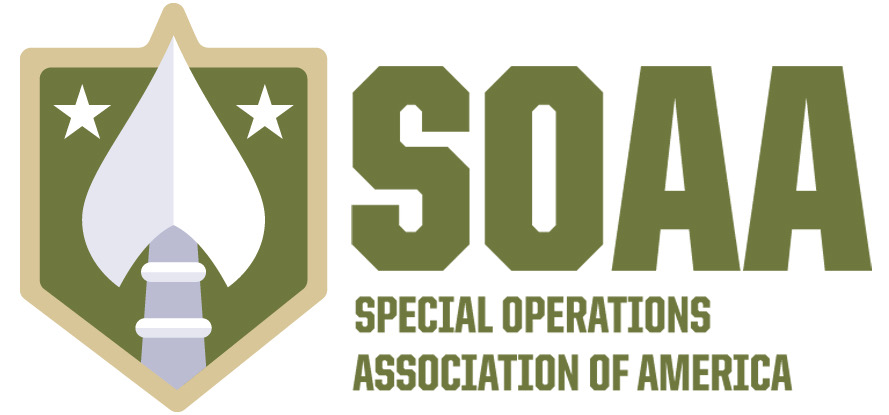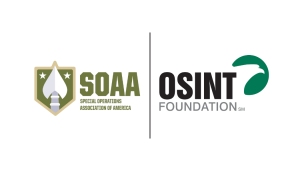A Retired Green Beret’s Analysis and Response to the US SOCOM Psychological Autopsy Study of Suicides among US Special Operations Forces
A study commissioned by the US Special Operations Command (USSOCOM) and conducted by the American Association of Suicidology revealed that suicide rates among US Special Operations Forces (SOF) are the highest in the military (about 30% higher than the US military) and are higher than that of the general US population.
Based on USSOCOM records, there were 117 suicides among SOF between 2007 and 2015.
The report titled Psychological Autopsy Study of Suicides among US Special Operations Forces discussed the aggregate findings from 29 psychological autopsies of special operations forces members who died by suicide over a three-year period between 2012 to 2015.
The report stated that the study was commissioned to improve the understanding of SOF suicides by researching risk factors and warning signs, and to translate what was learned into interventions to reduce the incidence of SOF deaths by suicide.
KEY FINDINGS
- Five of the cases sustained a physical injury from combat, while eight cases had next-of-kin reporting a traumatic brain injury was endured by the SOF member.
- Nearly all cases suffered from some form of emotional trauma following their first deployment. Interviewees observed changes in the SOF member after the first deployment.
- Nearly half of the cases were known to have harmful alcohol dependence.
- Respondents reported that nearly half of the SOF members in the study had a diagnosed mental illness. Approximately 1/3 of the descendants were diagnosed with depression.
- 28 of the 29 cases studied were on a downward spiral from stressors such as escalating relationship issues, financial issues, and humiliation accompanying legal issues.
- Expert consensus through prior research has established the acronym IS PATH WARM to identify near term risk factors for suicide. IS PATH WARM: Isolation, substance abuse, purposelessness, anxiety, trapped, hopelessness, withdrawal, anger, recklessness, mood change.
- 62% of the suicides exhibited at least 1 near term risk factor for suicide.
- 45% of the suicides exhibited more than 1 near term risk factor for suicide.
SUMMARY OF THE REPORT’S RECOMMENDATIONS
- Broaden and improve suicide prevention training to include handling relationship issues.
- Provide live active role-playing counseling services following deployments.
- Provide support when faced with humiliating situations.
- Restrict access to lethal means.
- Collect and analyze SOF suicides on an annual basis to tailor suicide prevention needs specific to SOF members.
BEYOND THE STUDY: SOF SUICIDES IN 2017 AND 2018
According to a Nick Turse article in the New York Times titled, U.S. Commandos at Risk for Suicides: Is the Military Doing Enough?, the SOF suicide rate declined in 2017. Turse writes, “That year, one of the largest efforts to understand military suicide ever undertaken — a study examining suicide attempts by soldiers during the early years of the wars in Afghanistan and Iraq — found that Special Operations forces might be more resilient than the Army’s general-purpose forces, because of ‘rigorous selection, intense training, strong unit cohesion or psychological and biological characteristics.’” In 2018, the number of SOF suicides almost tripled the number of SOF suicides from 2017.
THE FOREST FOR THE TREES
SOF members are assessed, selected, and cultivated into elite military units in part for their ability to remain resilient in the face of extreme physical and psychological conditions. If that statement is generally accepted as truth, both from within and outside the Special Operations community–and it is–can the solutions to the questions below be found in more mental health counseling and training? The evidence strongly suggests that it cannot.
- Why, according to USSOCOM, is the suicide rate among SOF almost 30% higher than that of the U.S. Military?
- Why were nearly half of the studied SOF members who died by suicide known to have harmful alcohol dependence?
- Why did nearly half of the SOF members in the study have a diagnosed mental illness, with 1/3 diagnosed with depression?
- Why were 28 of the 29 cases studied on a downward spiral from stressors such as escalating relationship issues, financial issues, and humiliation accompanying legal issues?
- Why did 62% of the SOF members who died by suicide exhibit at least 1 near-term risk factors for suicide and 45% exhibit more than 1 near-term risk factors for suicide?
NEURO-INFLAMMATION SECONDARY TO HEAD TRAUMA
Here is what we know
- Physical and nonphysical trauma can result in alterations to the molecular chemistry of the brain in a process called neuro-inflammation.
- Neuro-inflammation can lead to symptoms that are often labeled as depression, anxiety, and post-traumatic stress.
- Up to 1 out of every 2 head injuries can result in a neuropsychiatric disorder.
- The neuro-inflammation secondary to physical trauma (think of sub concussive hits accumulated over time without a loss of consciousness) can result in emotional, cognitive, and physiological changes in the brain. This is invisible to the outside world.
- The neuro-inflammation secondary to non-physical trauma (think of emotional trauma, chronic stress, toxins, medication, poor sleep, poor nutrition) can result in emotional, cognitive, and physiological changes in the brain. This is invisible to the outside world.
- The environment and training required of SOF members puts them at an elevated risk of developing chronic neuro-inflammation.
- Every key finding, warning sign, and psychological diagnosis observed in the USSOCOM study could result from chronic neuro-inflammation in the SOF members brain and body secondary to their service to the United States.
- Despite the overwhelming scientific evidence on neuro-inflammation leading to neuropsychiatric disorders, no SOF members in the study were said to be assessed for alterations to the molecular chemistry of their brains.
The Millennium-Warrior Angels Foundation
The continued loss of American life secondary to depression and suicide is not abating. Conventional medical wisdom elects to treat the symptoms of a condition that has a clear biochemical causation with medication that just masks the symptoms. Laboratory testing is available to identify the alterations in the brain’s neurosteroids which can be replenished while providing a non-toxic treatment protocol to drop the inflammatory cytokines initiated by trauma. The Millennium–Warrior Angels Foundation has been providing such assessment and treatment to almost 400 Service Members and Veterans and over 3000 civilians with an average improvement in life scores of over 60%. It is time now to look closely at the science that has been available for over 30 years and to start the process of fixing the problem and not just masking it.
De Oppresso Liber,
Andrew Marr, MBA
Chairman & Co-Founder | Warrior Angels Foundation
Author | Tales From the Blast Factory
TEDx Speaker | Defined by Action
Film | Quiet Explosions: Healing the Brain
Click here to read the SOAA white paper on the issue.

Andrew Marr, MBA is a husband, father, Retired Special Forces Green Beret, Warrior Angels Foundation Chairman and Cofounder, and the best-selling co-author of TALES FROM THE BLAST FACTORY: A Brain Injured Special Forces Green Beret’s Journey Back from the Brink. His book has been turned into the award-winning documentary, Quiet Explosions: Healing the Brain by EMMY and Academy Award winners.





